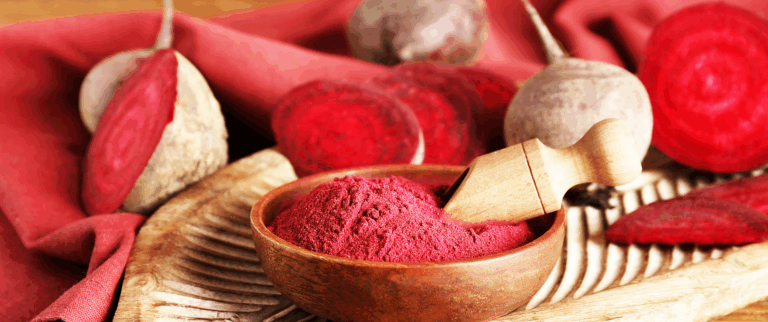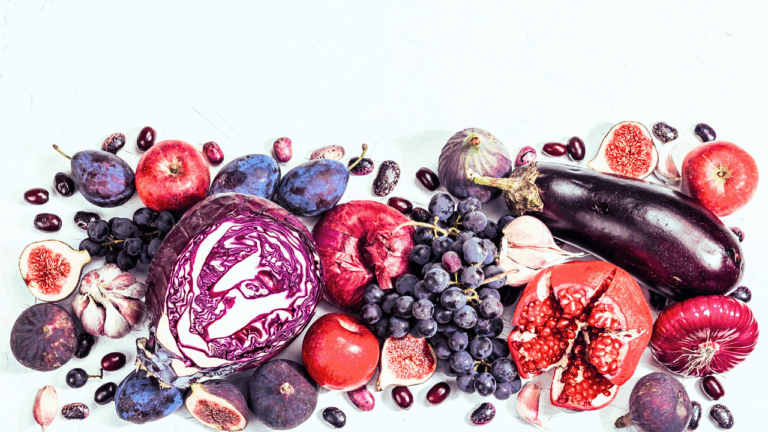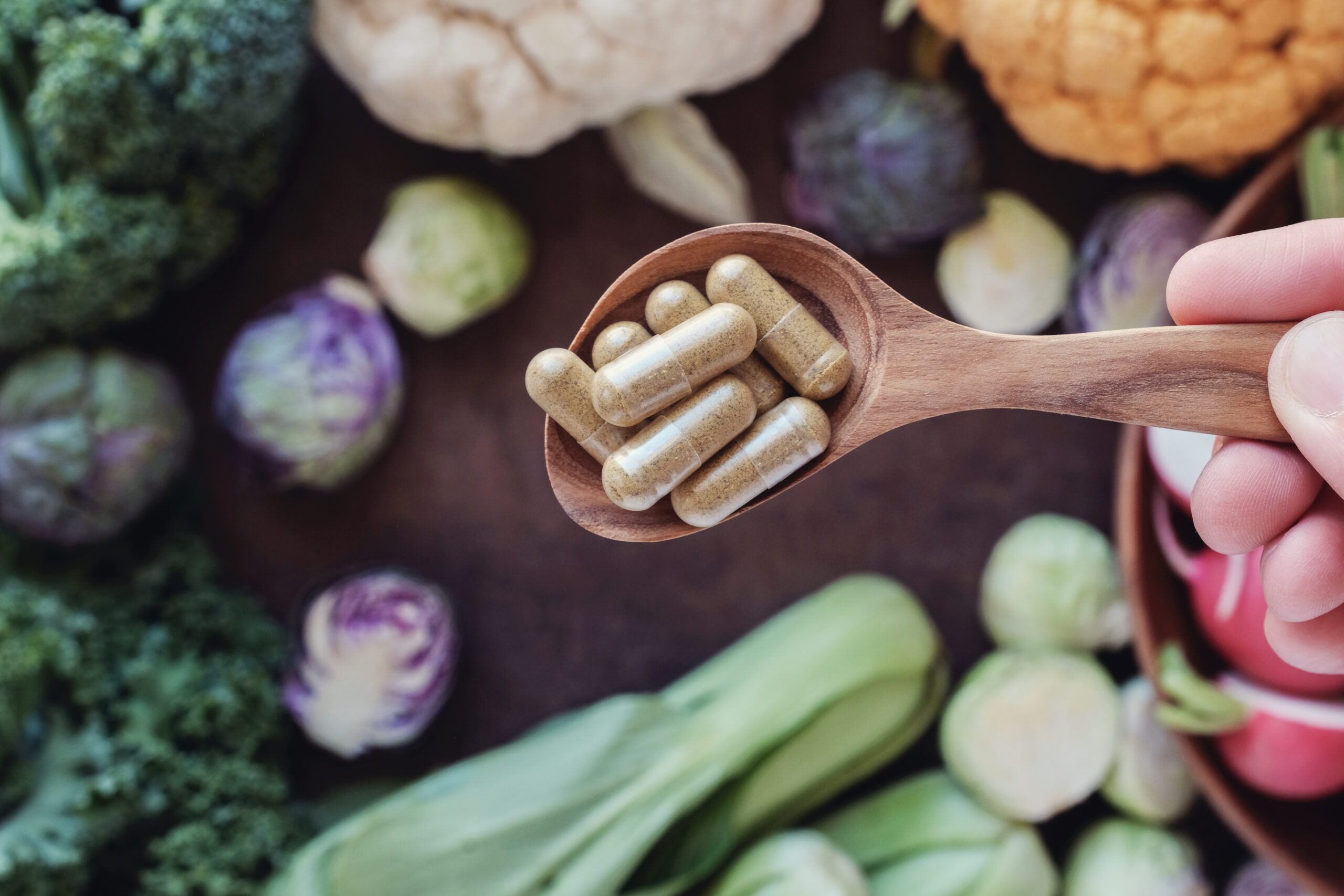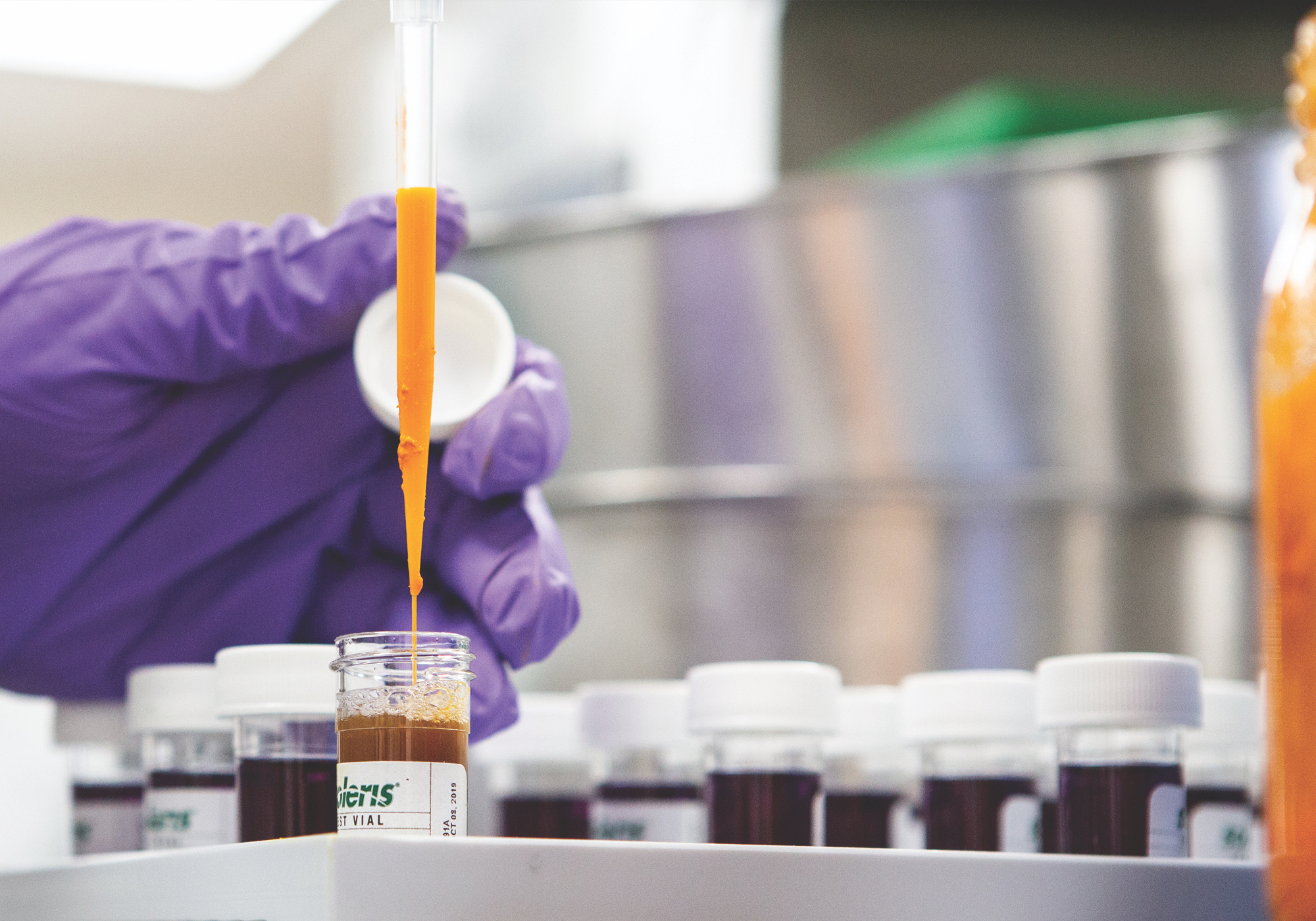Scientific name:Aesculus hippocastanum Common name:Traditional Use: The Eclectics used Aesculus primarily for cardiovascular stasis & congestion indicated by capillary engorgement with vascular fullness and sense of soreness, throbbing, and general malaise, as well as rectal disorders such as hemorrhoids. Was also considered a valuable topical application in neuralgic and rheumatic conditions.Evidence Based Use: Is trophorestorative & antioxidant towards venous tissue.Stimulates contraction of venous valves, increases venous pressure, stimulates lymphatic flow, improves and tones connective tissue & circulation.Will remove venous congestion and is indicated in acute thrombophlebitis, varicose veins, swelling with bruises, fracture, brain trauma & stroke.External applications are used in the forms of ointments and gels for edema, inner ear perfusion, hemorrhoids, rheumatism, backaches, neuralgia and restless leg syndrome.
Constituents:
- Coumarins (esculin, aesculetin) & coumarin glycoside (aesculin)
- Triterpene saponins (aescin = escin)
- Flavonoids (quercetin and kaempferol), proanthocyanidin A2
- Tannins (condensed & hydrolyzable)
- Fatty acids
- Sterols
- Allantoin
Medicinal actions:
- Anti-inflammatory
- Antispasmodic
- Anti-edematous
- Astringent
- Diuretic
- Vasodilator
- Venotonic & Vascular protective
Mechanism of Action & Pharmacology:
- Aescin/escin is anti-inflammatory and a venous tonic. It inhibits hylauronidase, reduces fluid leakage and strengthens capillary cell membranes, thereby controlling bruising & edema. Other mechanisms include allowing improved entry of ions into channels, thus raising venous tension in both in vitro and in vivo conditions, release of PGF(2) from veins, antagonism to 5-HT and histamine, and reduced catabolism of tissue mucopolysaccharides.
- Note: Aescin is a registered drug in Germany and the active ingredient in a number of preparations used either topically or orally for the treatment of peripheral vascular diseases, in particular those related to capillary permeability and resistance.
- Flavonoids are anti-inflammatory and strengthen capillaries.
- Aesculin (coumarin glycoside) found on the seeds needs to be removed from extracts as is toxic.
Pharmacy:
- Capsules
- Infusion
- Tincture
- Topical: wash, oil, cream, lotion, or poultice
- Note: Short term or pause dosing required, 6 weeks due to hydrolyzable tannins
Safety & Toxicity Concerns:
- High doses internally can cause nausea, gastrointestinal irritation and reflux.
- Aescin has hemolytic properties, though is minimal within therapeutic doses. Past reports of acute renal failure from injection of b-aescin have revealed to be due to dosages much greater than manufacturer recommendations.
- Avoid in known allergy, high or long-term doses, in children under 4, acute kidney inflammation, gastric ulcer, topical on broken or ulcerated skin (due to irritant effects of saponins), and IM injection of aescin.
Interactions:
- May interfere with the binding of drugs to plasma proteins.
- Aspirin or anticoagulants due to antiplatelet activity (theoretical).
- With cardiac glycosides & phenopyrazine may cause calf spasm, fatigue, flushing, and pseudolupus.







